Home>Ideas and Tips>Creating A Functional Home Gym With Climbing Wall And Bouldering Cave
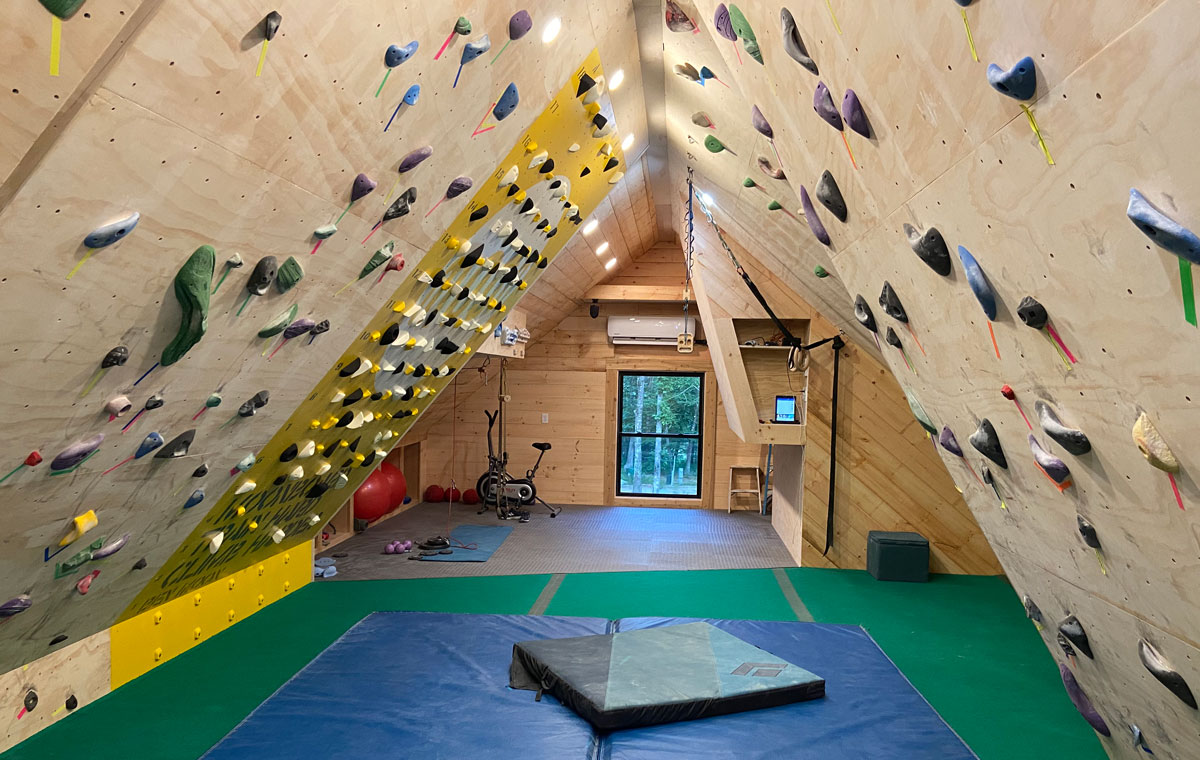

Ideas and Tips
Creating A Functional Home Gym With Climbing Wall And Bouldering Cave
Published: August 30, 2024
Create a functional home gym with a climbing wall and bouldering cave. Discover design tips, materials, and step-by-step instructions for your DIY project.
(Many of the links in this article redirect to a specific reviewed product. Your purchase of these products through affiliate links helps to generate commission for Storables.com, at no extra cost. Learn more)
Introduction
In recent years, home gyms have become increasingly popular as people seek to maintain their fitness levels without the hassle of commuting to a public gym. One of the most exciting and challenging components of a home gym is the climbing wall and bouldering cave. These features not only provide an excellent workout but also offer a unique space for family bonding and social interaction. In this article, we will guide you through the process of creating a functional home gym with a climbing wall and bouldering cave, including the design considerations, materials needed, and step-by-step instructions for building your own climbing wall.
Answering the Question
Why build a home gym with a climbing wall and bouldering cave? Well, there are a bunch of reasons. First off, convenience is a biggie. Imagine having a wall right in your backyard. No more driving to the gym, finding parking, or waiting for your turn on the equipment. It's all right there, ready whenever you are. Plus, you get to control everything. You decide the type of terrain, the grip shapes, even the music playing in the background. It's your space, your rules.
Another huge plus is the solitude. While some might miss the social aspect of a public gym, others will love the peace and quiet. You can focus on your training without any distractions. This is especially great for activities like ARCing and Linked Bouldering Circuits, which can be tough to do in a crowded gym. And let's not forget the route-setting privileges. For those serious about climbing, this is a game-changer. You can tailor routes to your goals and weaknesses, making your training sessions super effective.
Then there's benchmarking. With a home wall, you can leave "benchmark" problems or circuits up for years. This lets you track your progress over time, which can be incredibly motivating. Problems that were once mega-projects can become warmups, showing just how far you've come.
Benefits of a Home Climbing Wall
A home climbing wall offers numerous advantages over traditional gym memberships. Here are some of the key benefits:
- Convenience: With a wall literally in your backyard, commuting time and cost are eliminated. This convenience is especially beneficial for families or individuals with busy schedules.
- Control: You are the supreme dictator of your home wall. You can decide everything from the type of terrain to grip shapes, temperature, and music selection.
- Solitude: While solitude can be a drawback of a home wall, it can also be a huge plus for training enthusiasts. Certain activities like ARCing and Linked Bouldering Circuits can be very difficult to do in a crowded public gym.
- Route-setting Privileges: For performance-oriented climbers, this is the primary advantage of a home wall. You can tailor routes to your goals and weaknesses, allowing you to get the most from your training.
- Benchmarking: Home wall users can leave "benchmark" problems or circuits up for many seasons or years, allowing them to gauge their fitness and progress over time. This can be extremely motivating as problems that were initially mega-projects gradually evolve into warmups.
Design Considerations
When designing your home climbing wall, there are several key considerations to keep in mind:
-
Space and Layout:
- Ensure that the wall fits in the available space without obstructing other areas of your home.
- Consider the layout of the room and how you will use the space. For example, if you have a garage, you might want to use one corner for the climbing wall to allow for car parking.
-
Angle and Incline:
- The ideal angle for training is between 20 to 30 degrees. However, you may also want to include some flat vertical walls for easier access and use by family members.
- It’s better to err on the side of “too steep” initially, as this will give you the potential to grow into your wall as you improve.
-
Materials and Construction:
- Choose durable materials that can withstand regular use. Plywood or oriented strand board (OSB) are good options for the base of the wall.
- Use high-quality hand holds that are comfortable and durable. Smaller holds can cause skin injuries, so it’s better to opt for slightly larger holds and adjust the angle accordingly.
-
Safety Features:
- Ensure that the wall is securely anchored to the floor or a beam to prevent it from tipping over.
- Install crash pads or mats around the base of the wall for added safety.
Step-by-Step Instructions for Building a Home Climbing Wall
Building a home climbing wall is a DIY project that can be completed with basic tools and materials. Here’s a step-by-step guide:
Tools List
To build a climbing wall, you will need the following tools:
- Drill
- Skill Saw or Jigsaw (or Handsaw if you don’t need to cut plywood panels)
- Measuring Tape
- Carpenter’s Speed Square
- Hammer
- Allen or T-Handle Wrench (for tightening climbing hold bolts)
Materials Needed
Here are the materials you will need:
- Plywood or OSB for the base of the wall
- 2×6 studs for the angled wall
- Climbing holds (various shapes and sizes)
- Crash pads or mats
- Screws and bolts for anchoring the wall
- Wood glue and nails for assembling the frame
Step-by-Step Instructions
-
Plan Your Design:
- Determine the size and layout of your wall based on the available space and your needs.
- Create a scale model using blue painters tape in the garage to work out the final design.
-
Cut the Base Frame:
- Cut four pieces of plywood or OSB to form the base frame of your wall. Two pieces will be longer than the others to form the sides, and two pieces will be shorter to form the top and bottom.
-
Assemble the Frame:
- Use wood glue and nails to assemble the frame. Ensure that it is square and sturdy.
-
Cut Angled Studs:
- Cut 2×6 studs at each end to match up with the angle for the short walls at the bottom and the beam at the top.
-
Attach Angled Studs:
- Attach these angled studs to the base frame using screws or nails. This will create an inclined surface for climbing.
-
Install Climbing Holds:
- Drill holes in the wall at regular intervals and attach climbing holds using screws or bolts. Start with easier holds and gradually add more challenging ones as you progress.
-
Add Safety Features:
- Install crash pads or mats around the base of the wall for added safety.
-
Finish and Inspect:
- Sand any rough edges and apply a finish coat if desired.
- Inspect the wall for stability and ensure that all holds are securely attached.
Building a Bouldering Cave
A bouldering cave is an excellent addition to your home gym, providing a dedicated space for shorter climbs and more dynamic movements. Here’s how you can build one:
Design Considerations for Bouldering Cave
-
Space and Layout:
- Ensure that the bouldering cave fits in a corner or against a wall without obstructing other areas of your home.
- Consider the layout of the room and how you will use the space. For example, if you have a garage, you might want to use one corner for both the climbing wall and bouldering cave.
-
Materials and Construction:
- Use similar materials as for the climbing wall but with slightly different dimensions.
- Ensure that there is enough space inside for comfortable movement and climbing.
-
Safety Features:
- Install crash pads or mats around the base of the bouldering cave for added safety.
Step-by-Step Instructions for Building a Bouldering Cave
-
Plan Your Design:
- Determine the size and layout of your bouldering cave based on available space and your needs.
- Create a scale model using blue painters tape in the garage to work out the final design.
-
Cut Base Frame:
- Cut four pieces of plywood or OSB to form the base frame of your bouldering cave. Two pieces will be longer than others to form sides, and two pieces will be shorter to form top and bottom.
-
Assemble Frame:
- Use wood glue and nails to assemble frame ensuring it is square and sturdy.
-
Attach Angled Studs (Optional):
If desired add some angled sections within bouldering area similar method described earlier but keep them shorter than those used on climbing wall. -
Install Holds & Mats:
Drill holes at regular intervals attach holds using screws/bolts then place crash pads/mats around base ensuring safety. -
Finish & Inspect:
Sand any rough edges apply finish coat if desired inspect thoroughly ensuring stability all holds securely attached.
Tips for Using Your Home Gym
-
Start with Easier Routes:
Begin with easier routes on both climbing wall & bouldering cave gradually increase difficulty level as fitness improves. -
Incorporate Variety:
Mix up types routes include different angles shapes sizes holds keep workouts interesting challenging. -
Train Regularly:
Aim train regularly even if just few times week consistency key achieving fitness goals. -
Involve Family/Friends:
Invite family/friends join workouts create social atmosphere promotes bonding shared experiences. -
Monitor Progress:
Keep track progress using benchmark problems circuits left up over seasons years helps gauge fitness improvements motivating factor staying committed routine.
Conclusion
Creating functional home gym with climbing wall bouldering cave rewarding experience offers numerous benefits including convenience control solitude route-setting privileges benchmarking opportunities among others by following step-by-step instructions outlined above you can build own climbing wall bouldering cave enhancing overall fitness while enjoying unique space family bonding social interaction. Remember always prioritize safety ensuring stability all holds securely attached crash pads/mats placed around bases preventing injuries accidents during workouts. Happy climbing
Was this page helpful?
At Storables.com, we guarantee accurate and reliable information. Our content, validated by Expert Board Contributors, is crafted following stringent Editorial Policies. We're committed to providing you with well-researched, expert-backed insights for all your informational needs.
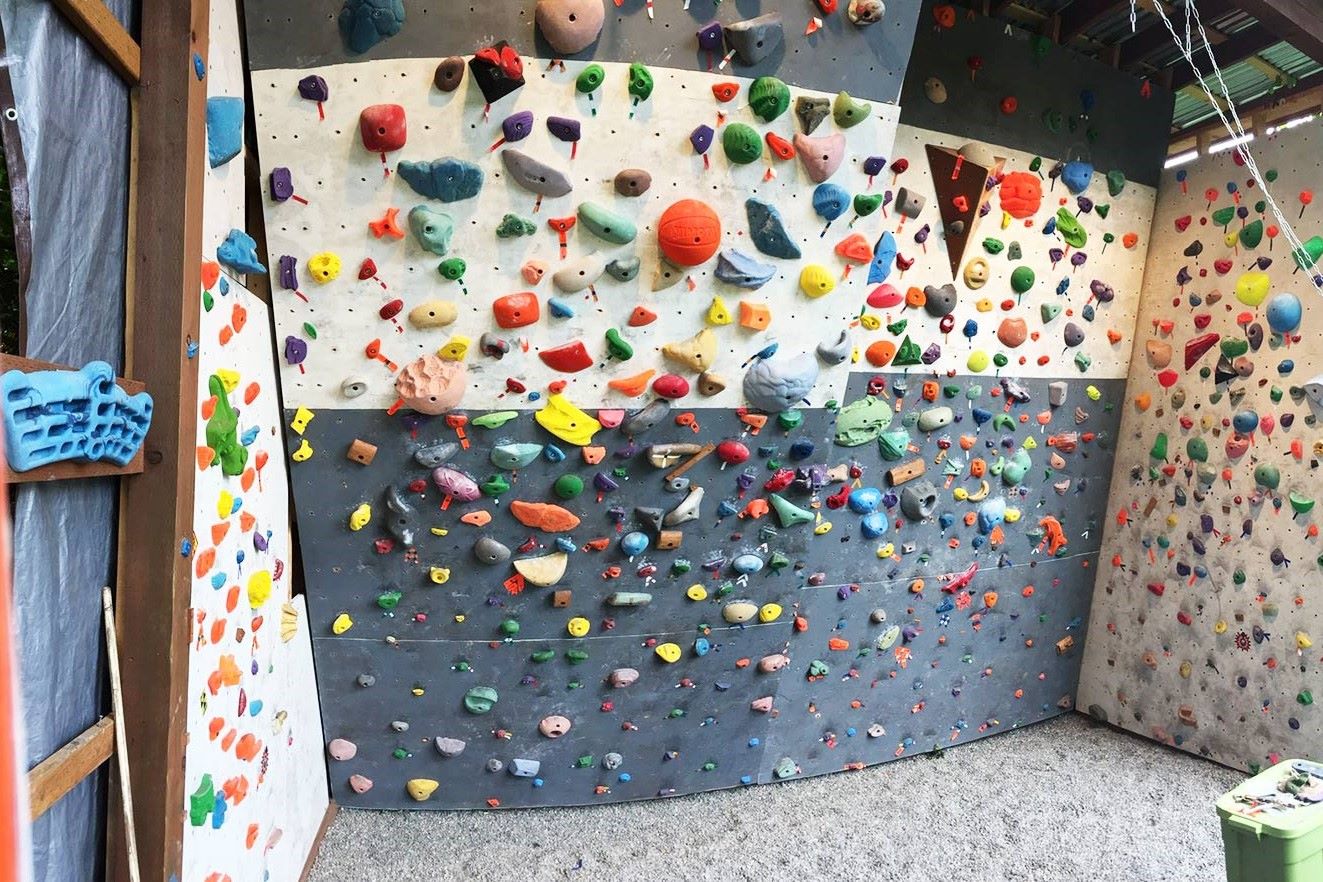
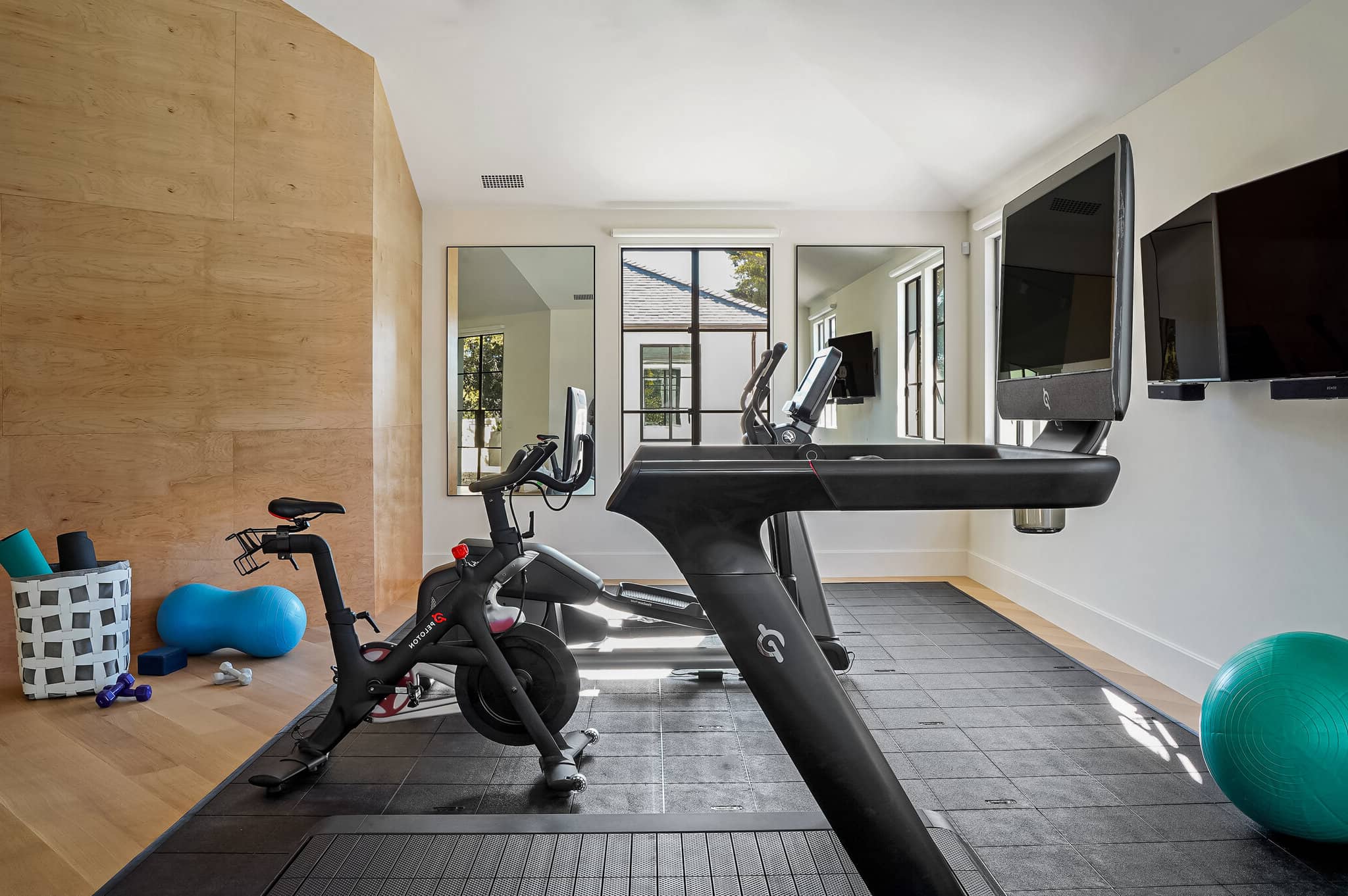

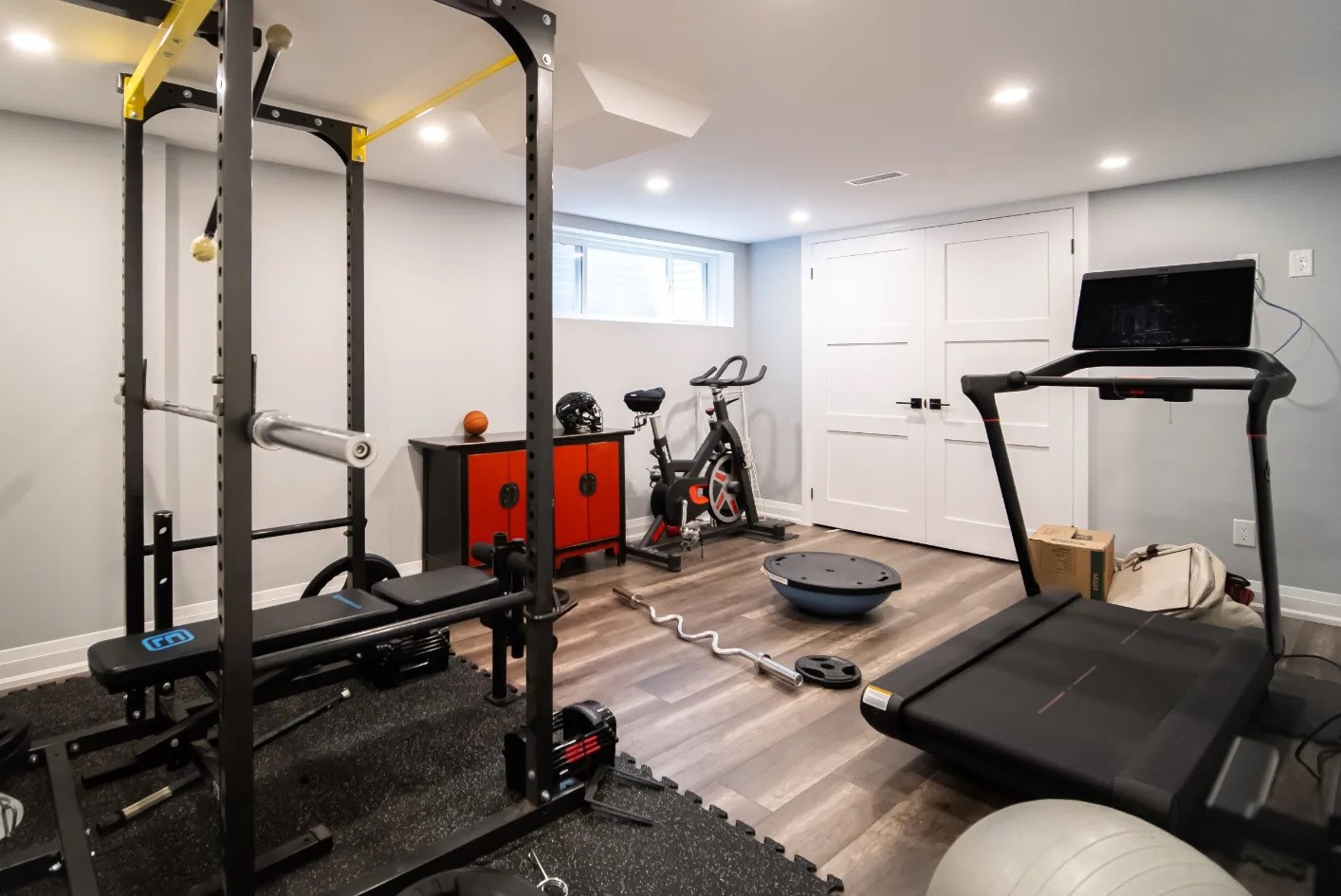
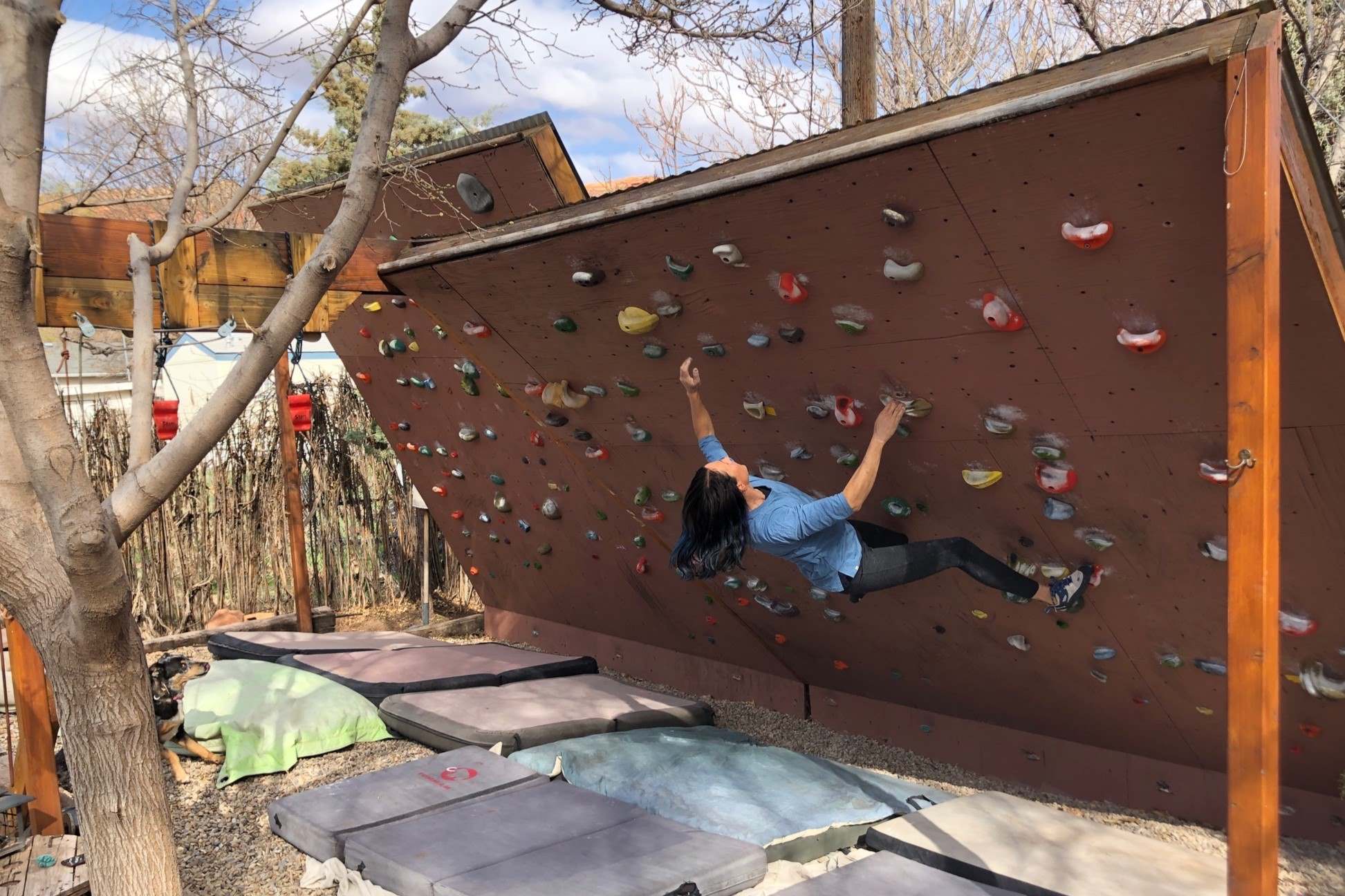
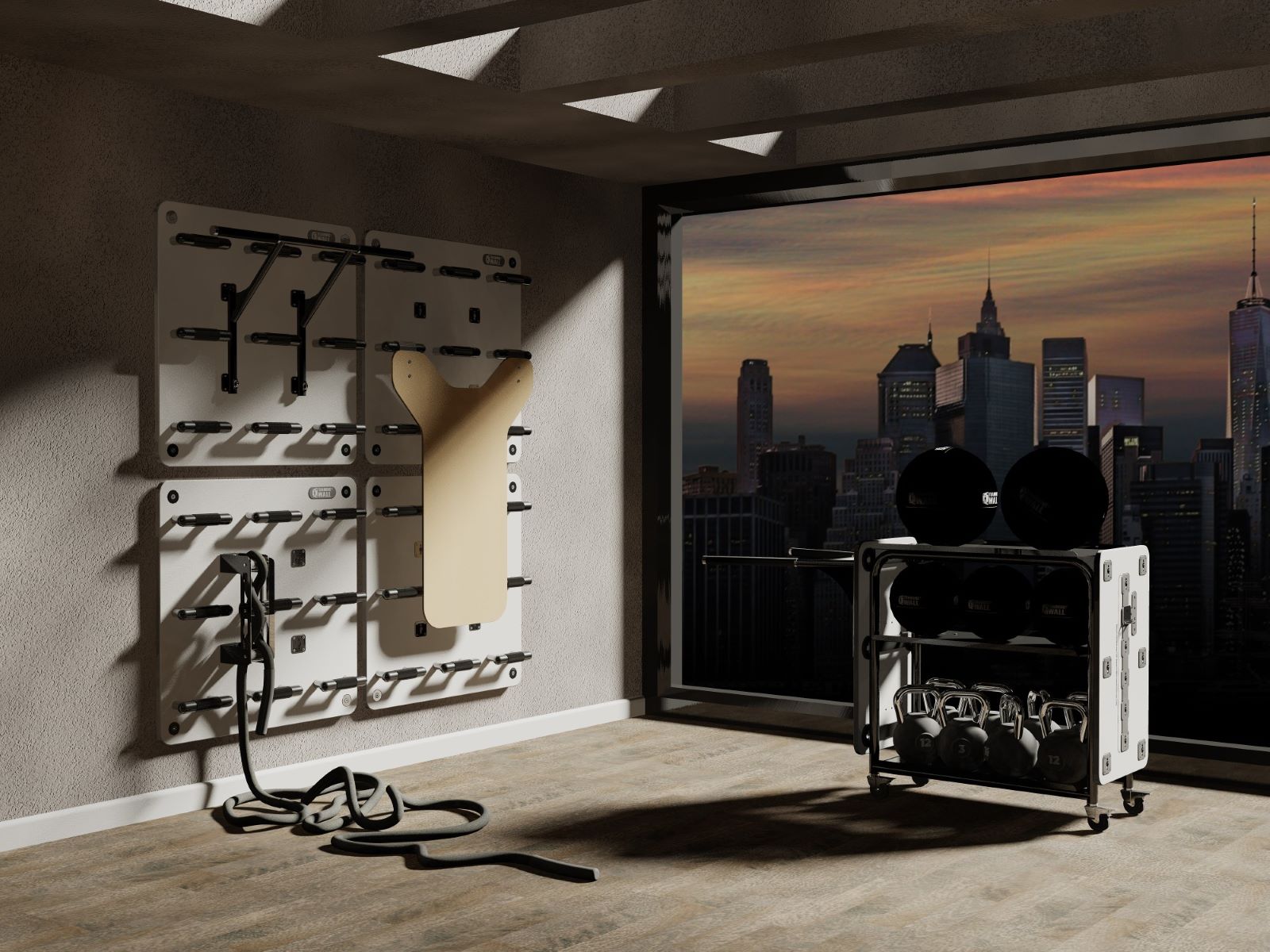
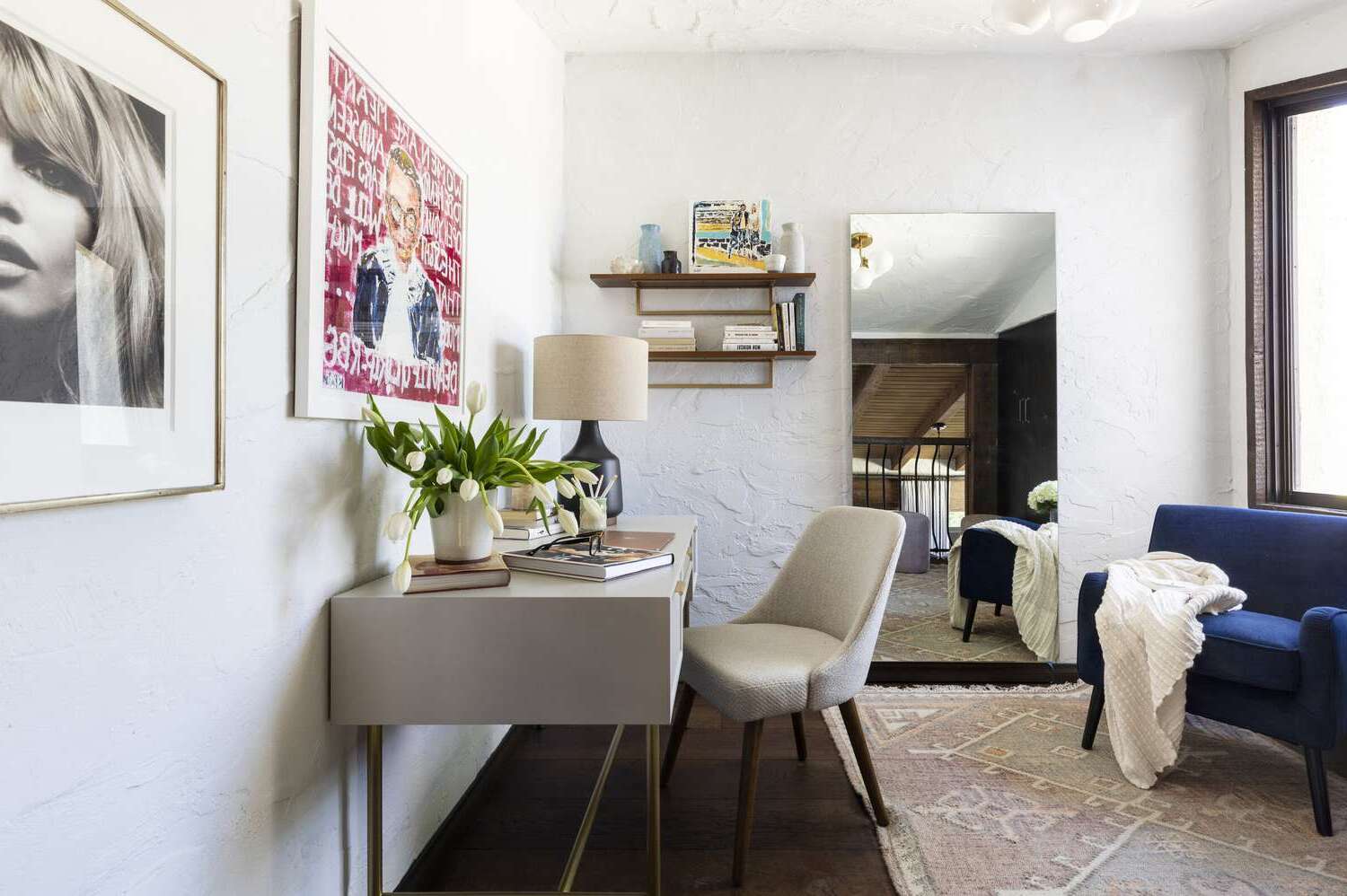

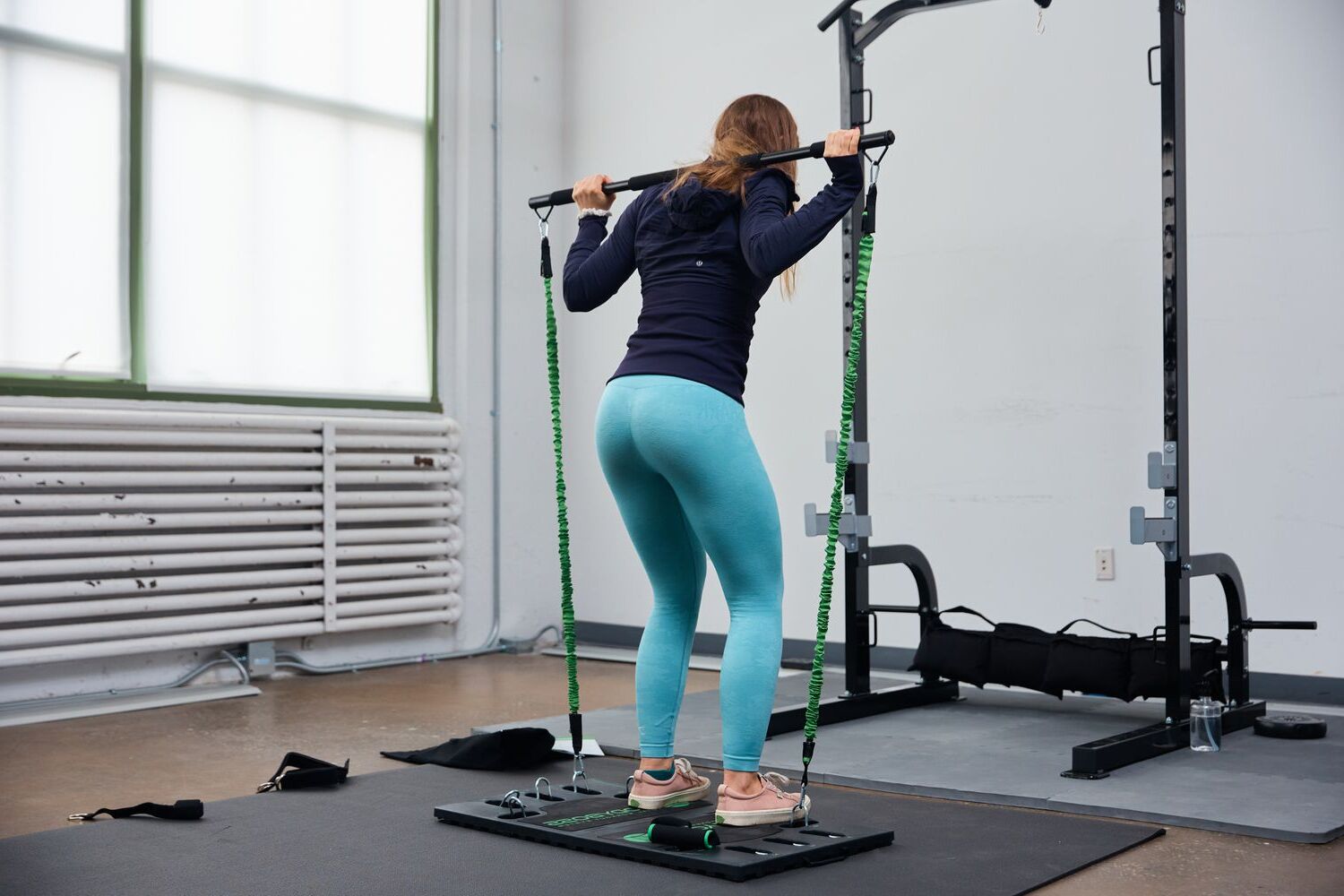
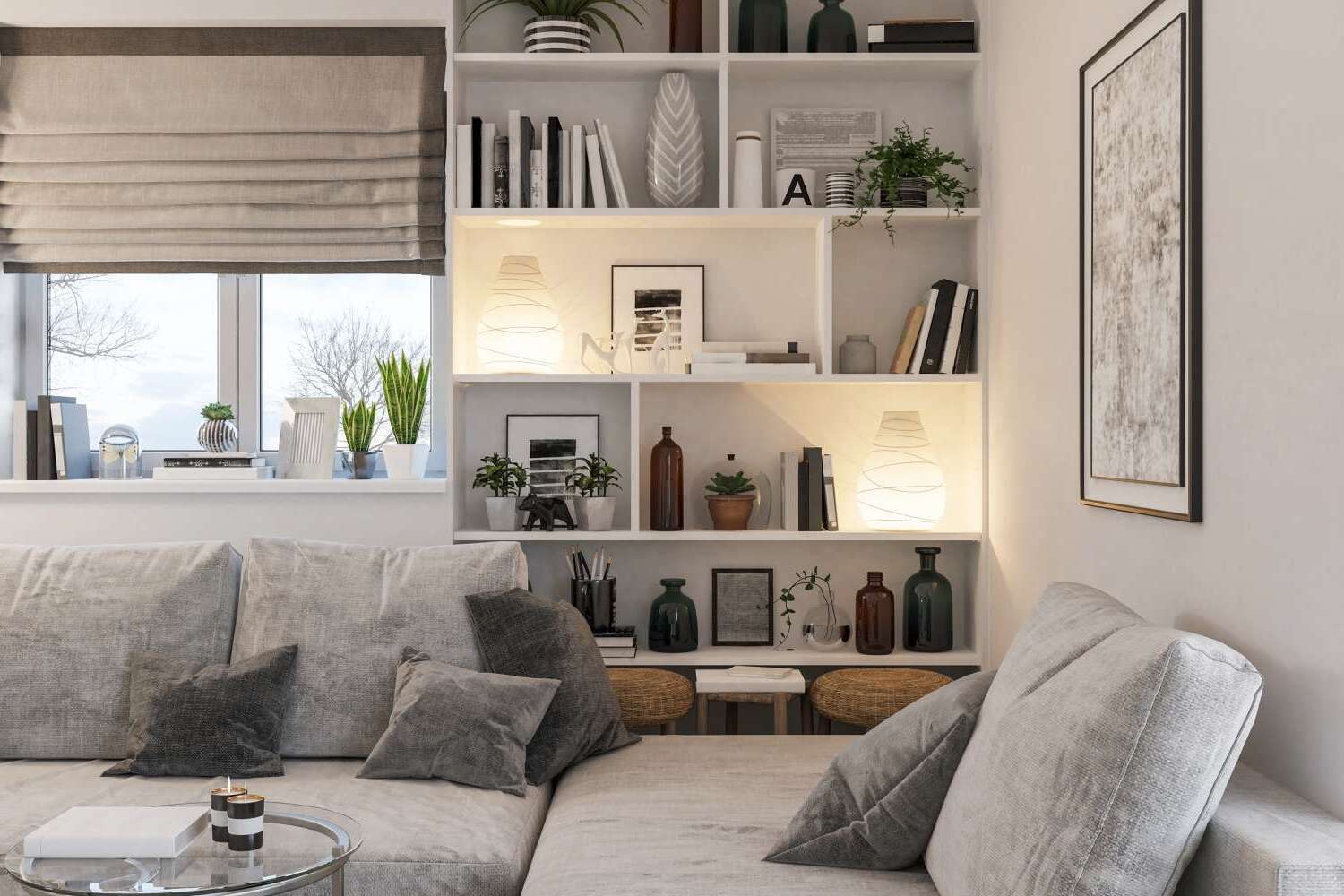
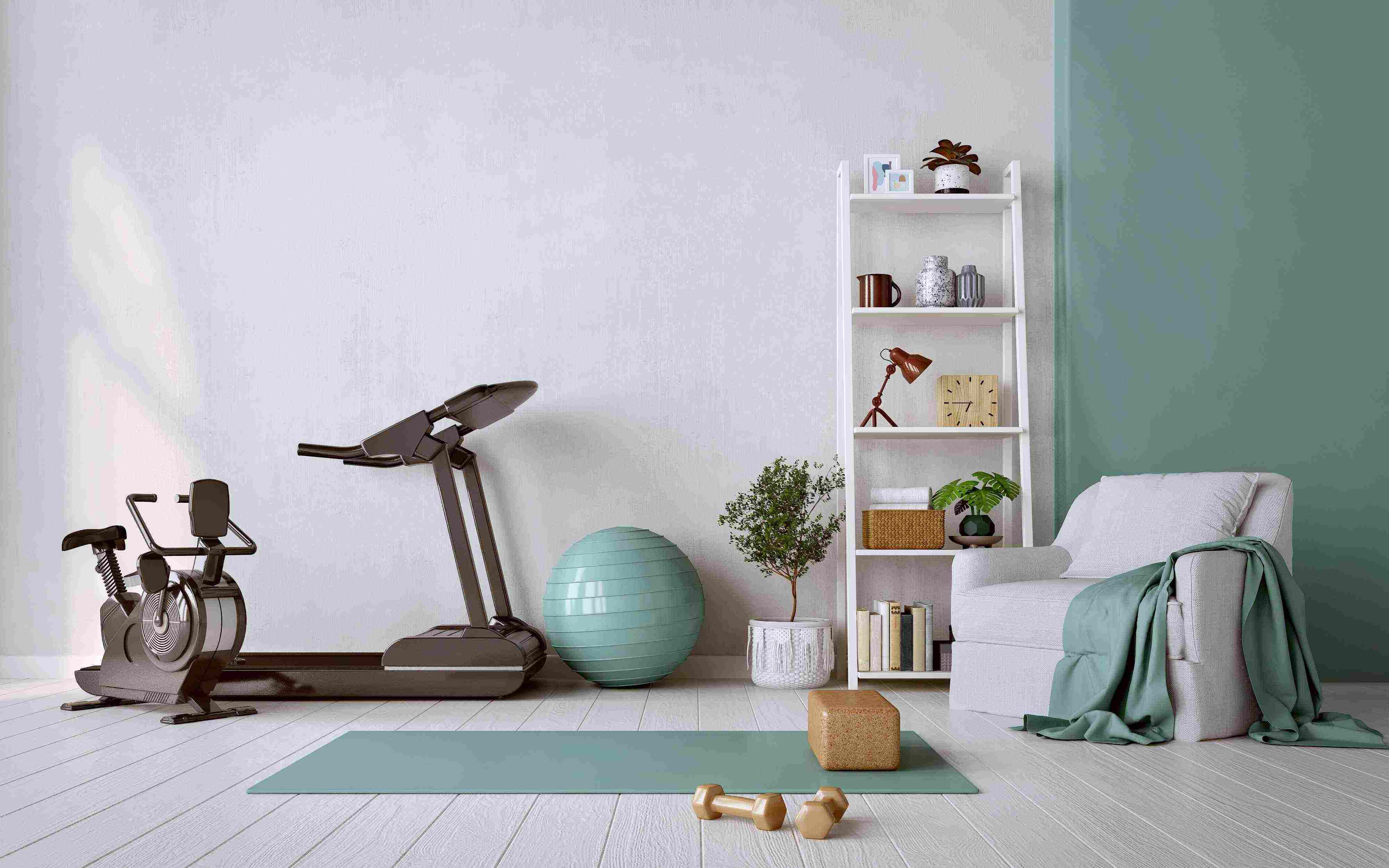
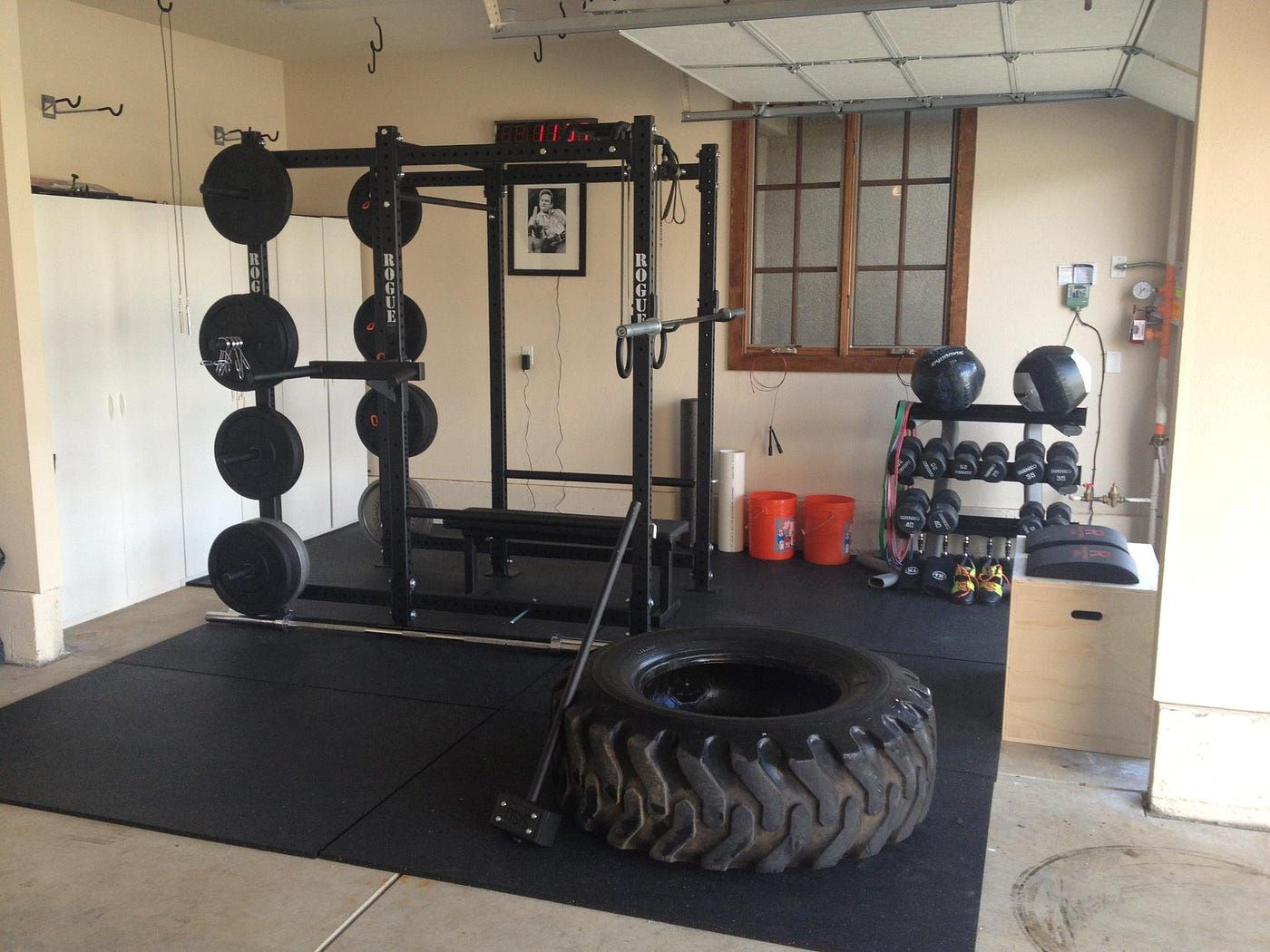
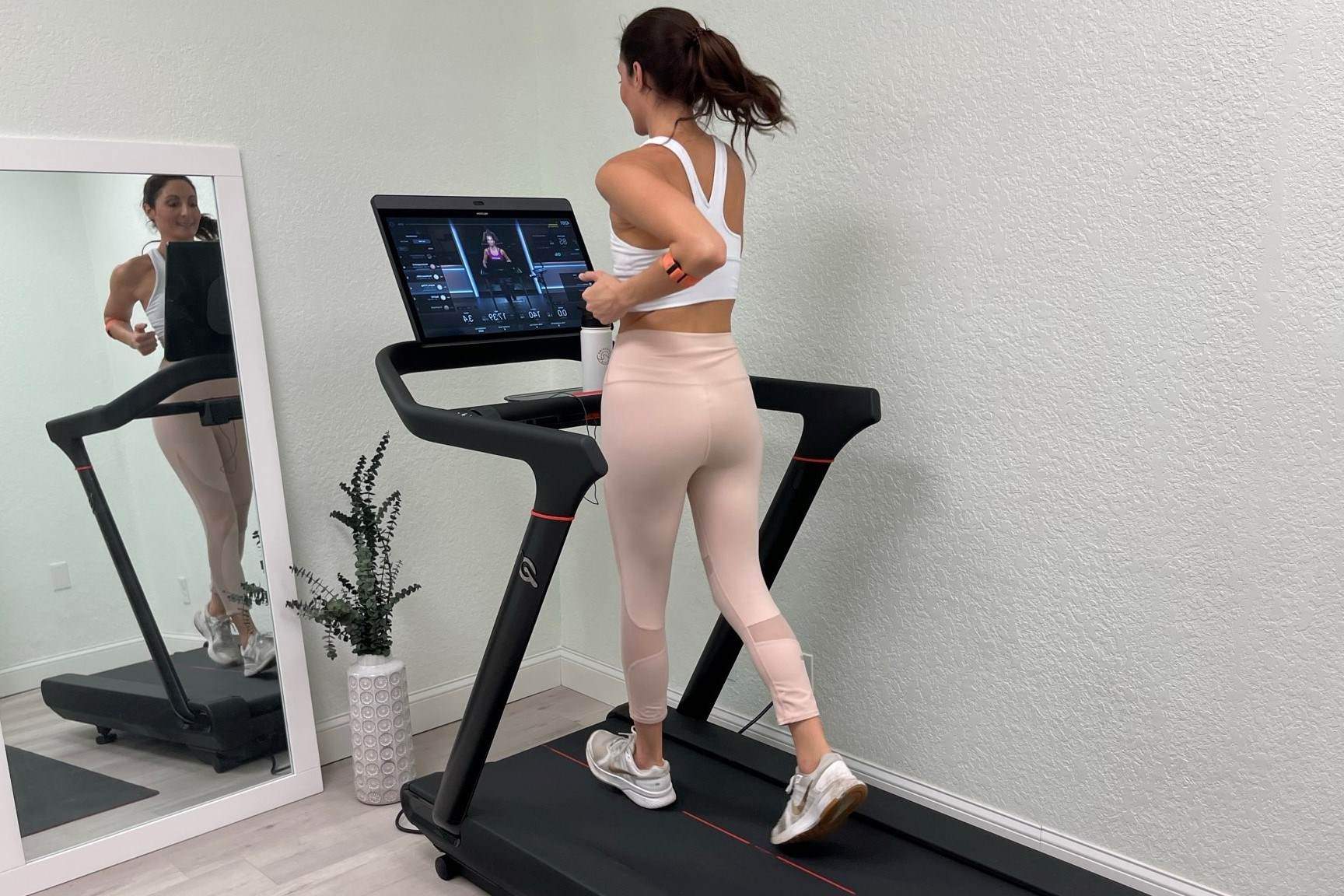

0 thoughts on “Creating A Functional Home Gym With Climbing Wall And Bouldering Cave”